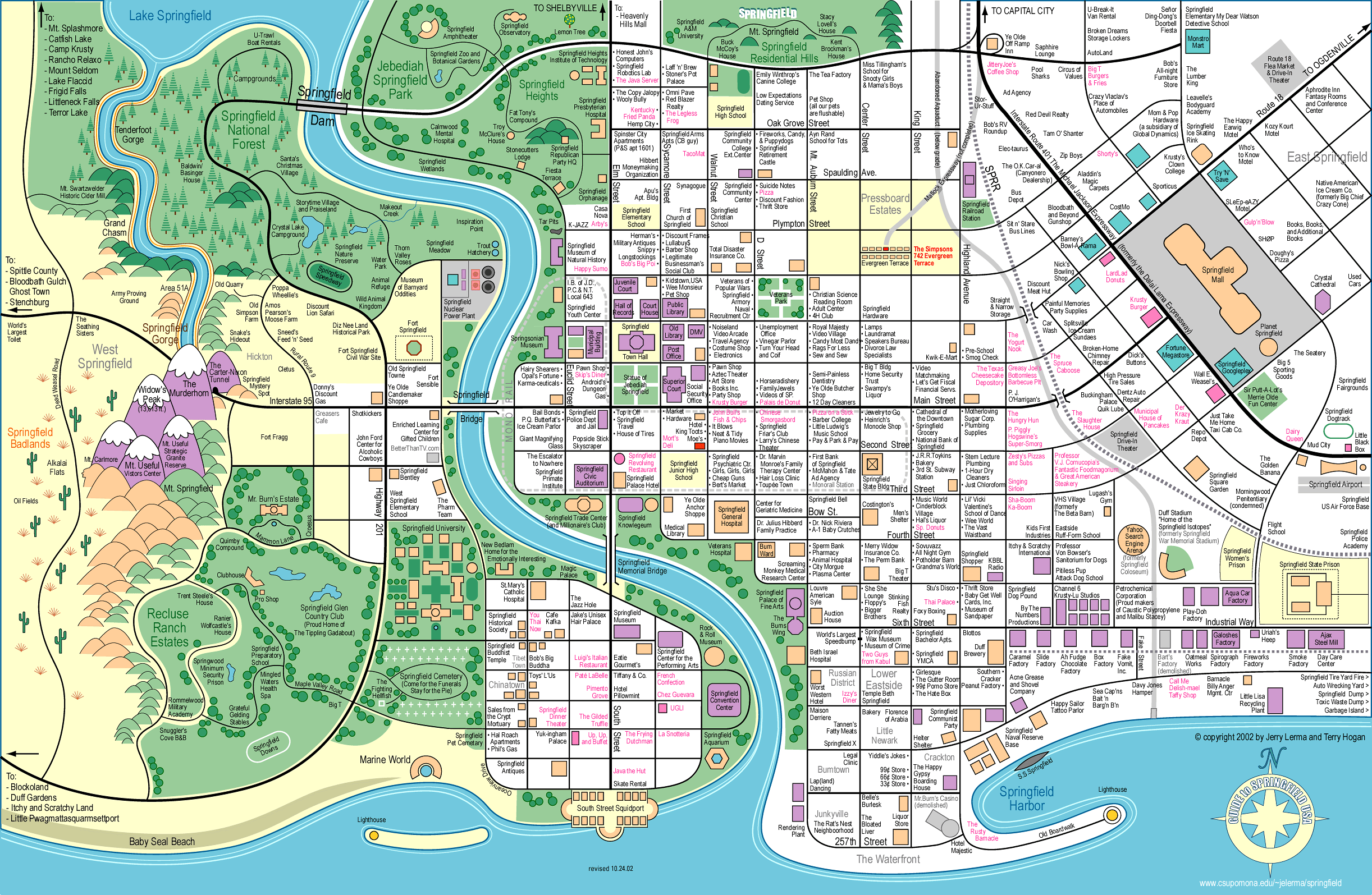That red blob is Fridereiks/Fredericus, comes Orientis, and his pack of Ostrogoths. He's basically a foederatus of the Romans. The bright blue in "Israel" is the Ghassanids, who aren't foederati, but they are strongly allied to Rome. The yellow stuff is Lazike.
Rome's only encounter with the Sasanians was the 551 Battle of Kyrrhestike, where the Roman-Gothic-Ghassanid coalition narrowly defeated the Sasanians and Lakhmids. The Sasanians had plenty more manpower to spend on killing Romans in Syria, but elected to go after the dying corpse of the Hayatila, or Hephthalites, instead. Roman armies reaching Mesopotamia isn't even considered a possibility by either side.
It's clear from reading the actual timeline that I'm writing that this is about the upper bound of what Rome can do. From here on out, I doubt there will be much expansion going.




 that red blob should be finished, then Israel (or equivalent) the Egypt.
that red blob should be finished, then Israel (or equivalent) the Egypt.